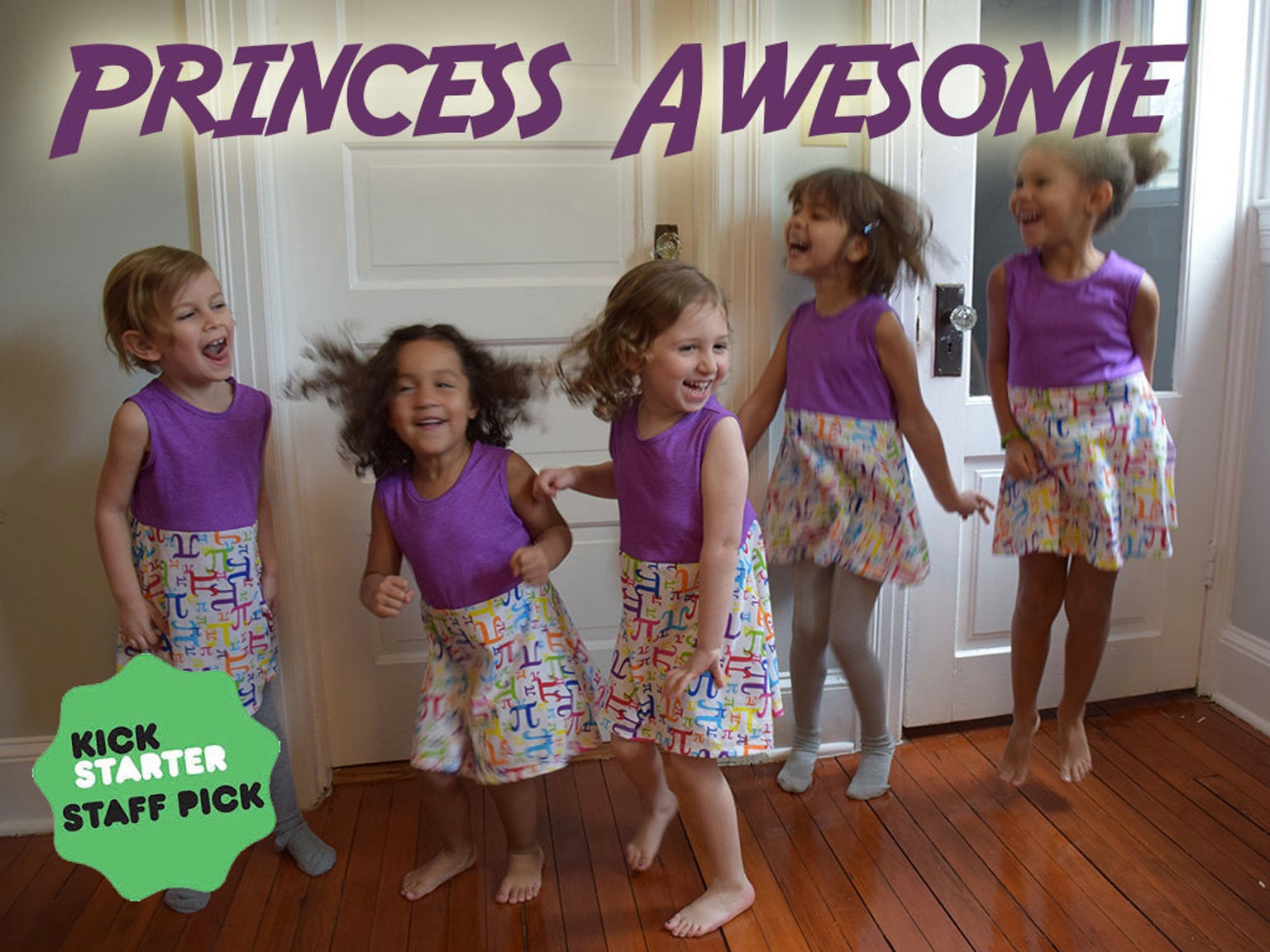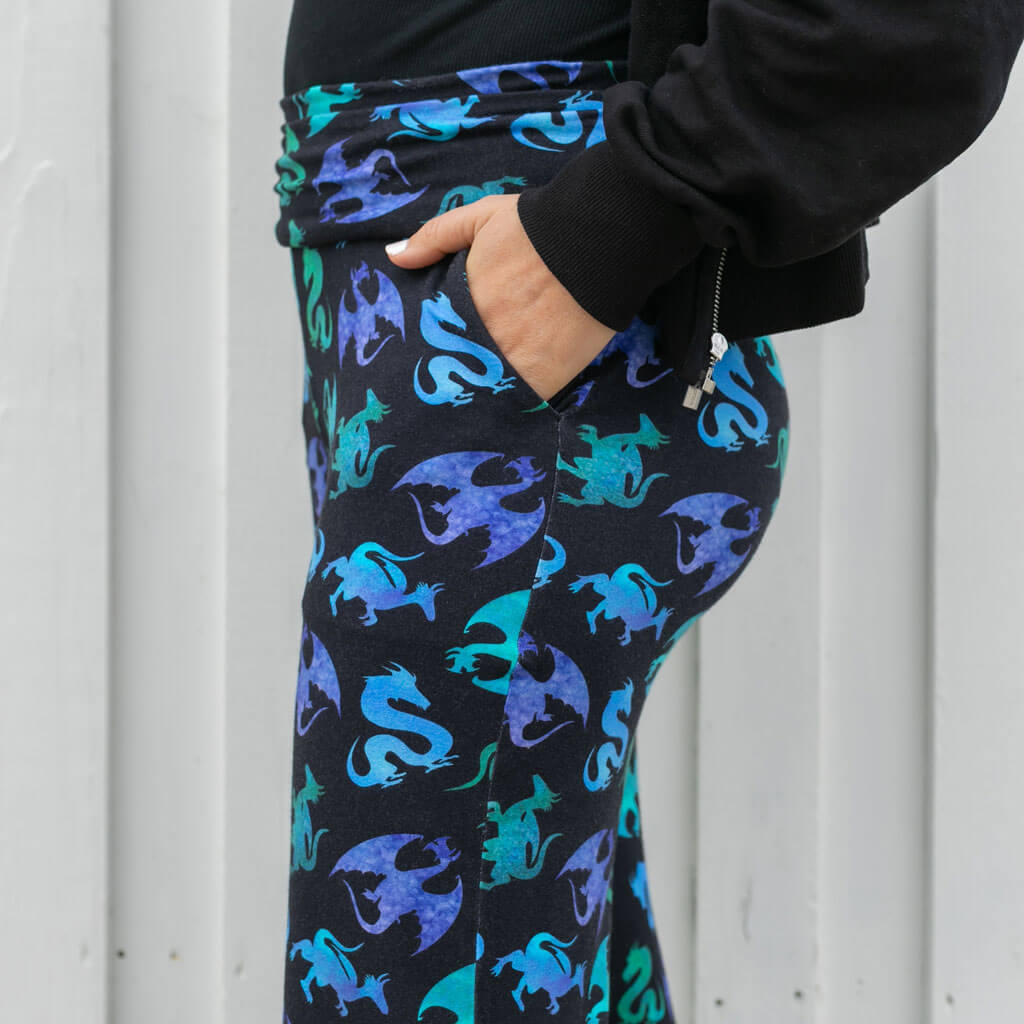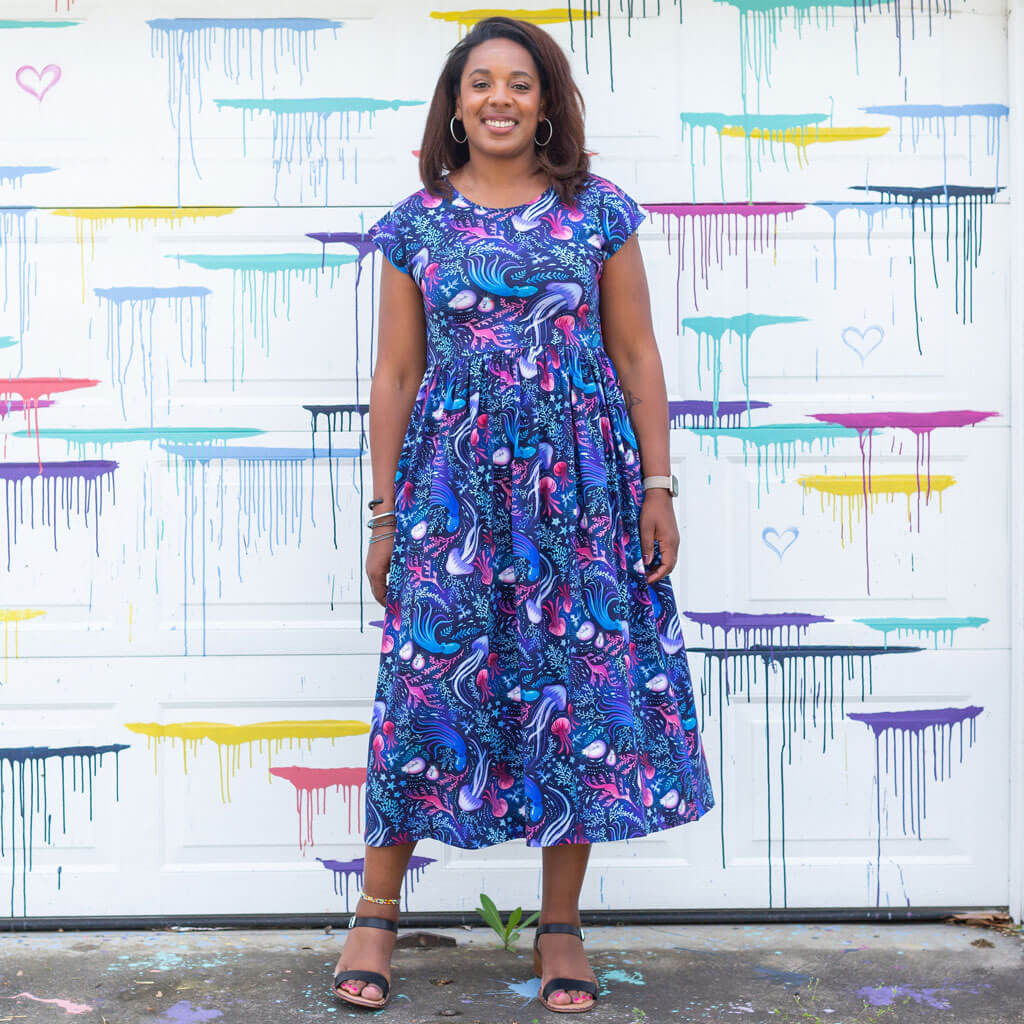Shop Now
New
Sale

5 Ways that Planning a Successful Kickstarter Is Like Planning a Wedding
March 04, 2016 6 min read 1 Comment
Little known fact: planning a successful crowdfunding campaign is like planning a wedding. It’s a huge amount of work beforehand, a lot of happiness and stress while it’s happening, and at its conclusion, you end up with a commitment and a responsibility to make good on promises you proclaimed publicly. Plus, if you’re like me, you’ll end up with a partner whom you start to call your “business wife.”
So if you want to plan a successful campaign, think about planning a terrific wedding. This analogy will help dispel some myths that can sink your campaign from day one.

-
1) Select your venue.
Your venue is the crowdfunding platform you choose: Kickstarter, Indiegogo, Fundable, Crowdfunder, the list goes on. Let’s say you choose Kickstarter, as we did - that’s your venue. It is essentially the party space that you’re renting for the big event. Just like any other venue you might rent for a wedding, you’ve got to supply the food, drink, decorations, music AND the guests. You create the party AND you populate it.
One of the biggest mistakes we’ve seen people make on Kickstarter is assuming that the Field of Dreams Rule applies to a crowdfunding campaign. It doesn’t. If you build it, they will not necessarily come. Building it is not enough. You’ve got to bring people.
-
2) Start planning and do the math.
When you’re planning a wedding, keeping track of budgets, timing for the event, guest numbers, seating arrangements, and a host of other things require you to do a lot of math to make sure it all works out.
You have to do the same with your Kickstarter. Obviously, you need to plan out your project, being as realistic as possible about how much money you need to fulfill your rewards and anything else you’re hoping to do with the Kickstarter funds. Keep in mind that between Kickstarter fees and credit card fees, you lose about 10%, and because of credit card declines, you’ll lose another 5-10%. But even beyond good campaign accounting and budgeting, there’s more math you need to do.
You also need to figure out how many backers you need. Which leads us to -- your guest list.
-
3) Put together your guest list and make sure your family and friends are at the top.
The people at the top of your wedding invitation list are your close family and friends. Then you open up the list to your dad’s former boss or your sister’s college roommate’s brother. The same rule applies here.Your family and friends should be your first backers. You need them on DAY ONE of your campaign. There are many reasons why you want to get off to a good start with your campaign, and your family and friends are the people to help make that happen. Assuming you’ve been working on this pet project of yours for months, maybe years, people who love and care about you will want to help. They may not have big bucks to throw your way, but $25 or even $1 makes a difference. Every backer counts. Every social media share matters. So keep your family and friends engaged in the lead up to your campaign, and then ask them to help in specific ways - back you, share the campaign, leave a comment - on DAY ONE.
No campaign should have fewer than 10 backers on the first day. By activating your personal network, you will start off strong.
But most likely, your family and friends won’t be enough. You need to know approximately how many backers outside your immediate network you’ll need to reach your goal. Let’s call them your “new-to-you” backers. How to find this number? Do the math:
- At what level do you expect most people to back you?
- Divide your goal by that reward level.
- This will tell you approximately how many total backers you’re going to need to fund your project.
- Subtract the number of people you reach through your personal network from your total backer number. This is your “new-to-you” backer target.
Now you need a plan for how you’re going to reach your “new-to-you” backers. Social media, your blog, news media and blogger outreach, in-person events, developing lead pages - or maybe, all of the above - are the ways to find new people who will want what you are offering. But don’t just use a shotgun approach to finding people - think about where your target audience is, and go find them where they already are.
-
4) Get the details right by checking out what others have done.
Most people don’t plan their weddings in a vacuum. Most people spend a decent amount of time looking for ideas for the flowers, dresses, hairstyles, food, and place cards on Pinterest, Instagram, old-school, hard-copy wedding magazines, and, of course, just looking around at weddings you’re attending. You look for what looks good, unique, interesting and what fits your style and the theme of your wedding.
Do the same thing for your campaign. Listen to crowdfunding podcasts. Read success and failure stories. And most of all, spend a lot of time on Kickstarter looking at all different kinds of campaigns. Look out for what successful campaigns have in common and what unsuccessful ones have in common. Instead of cake and seat cover ideas, look for ideas for reward levels, graphics, photos, videos, narratives, and overall structure. Then take what looks good, what successful campaigns have done, and do your own version of it.
-
5) Trust yourself.
Sometimes when you’re planning your wedding, you have to throw conventional wisdom out the window. When my husband and I had our first sit-down meeting with our wedding band, they told us that because we were having a Sunday afternoon wedding, they wouldn’t expect people to dance much. “No, no, no,” we told them, “People will dance. We want a dance set list.” Anyone who attended our wedding can tell you, we were right. We knew our guests and our audience better than the experts.
You, hopefully, know your target audience better than I do and better than the people writing blog posts about Kickstarters (which are often tailored toward gaming Kickstarters or big-time tech products). You know better what products and rewards will appeal to your backers and what media outlets will be significant for you. Ask other people in your sphere for feedback on your campaign because you need constructive criticism, and the best kind comes from people who know your audience.
To illustrate, I’ll end with a quick story. A week before we launched, we shared our preview campaign on a Facebook support group for Kickstarters. We only received ten comments, but they all said things like: “I don’t think there’s a market for kids’ clothes like this,” “You should retool your project to focus on adult clothes,” “You haven’t done enough press outreach,” “You’re not ready.” And (the worst), “All the people here want to help you. This feedback should feel like Christmas morning for you.”
After reading so many articles about how to run a successful Kickstarter and preparing as well as we possibly could, to hear this from Kickstarter experts was tremendously discouraging. But it also illustrated to me that they didn’t know our market. Only adult clothes?? Children’s clothing is the whole point of our company. And, we knew that if we could tap the right vein in the girl empowerment world, we could make our goal.
So I said to Eva, “These experts might be right. And if they are, I will be the first to say that we were wrong. But I’m not so sure they’re right that I think we should wait or change anything.” So we didn’t. Three and a half days into our campaign, we met our goal because we knew our market and our audience better than “the experts” did.
****
We have a lot more specific and fairly boring tips for running a Kickstarter. If you’re thinking about launching a campaign and you’d like to hear more from us, please feel free to reach out. We received so much help and encouragement along the way, and we’d love to pay it forward.
1 Response
Leave a comment
Comments will be approved before showing up.
Subscribe
Sign up to get the latest on sales, new releases and more …






Alison
June 25, 2018
Thank you for posting this! It’s all very helpful and has left me more encouraged, than hesitant, about our Kickstarter we are planning to launch this fall! Thank you, thank you, thank you!